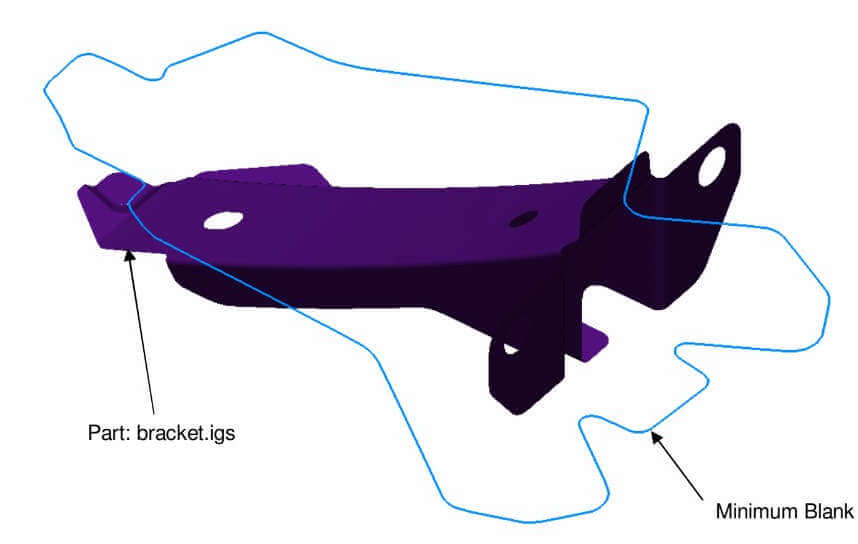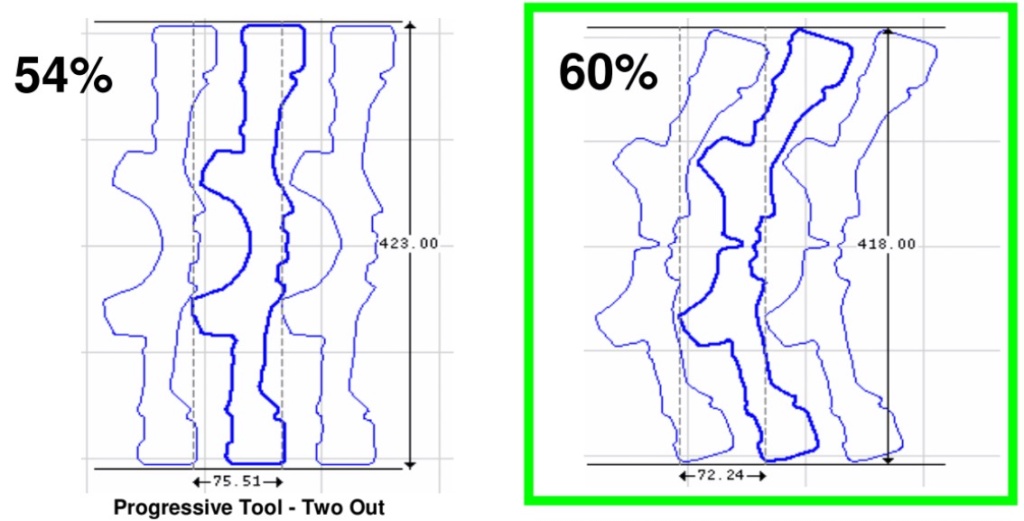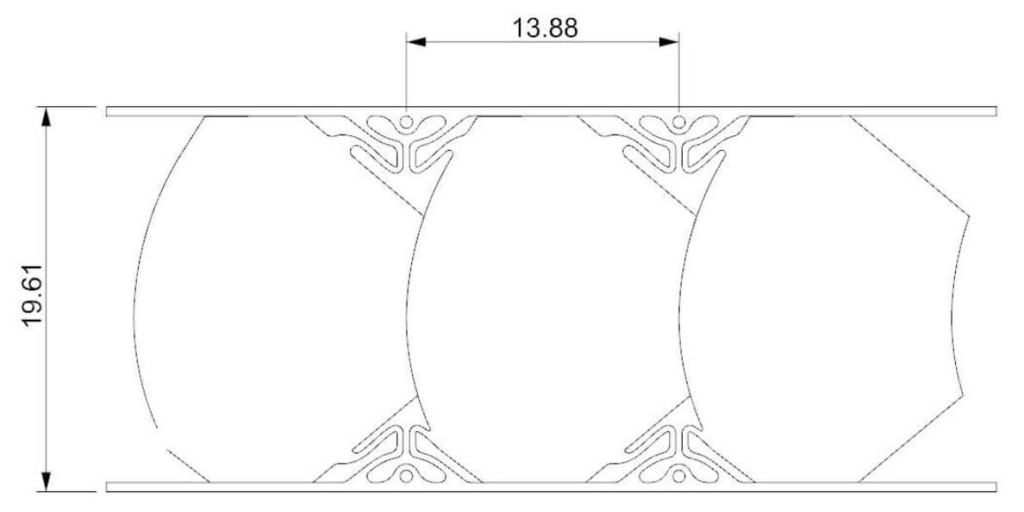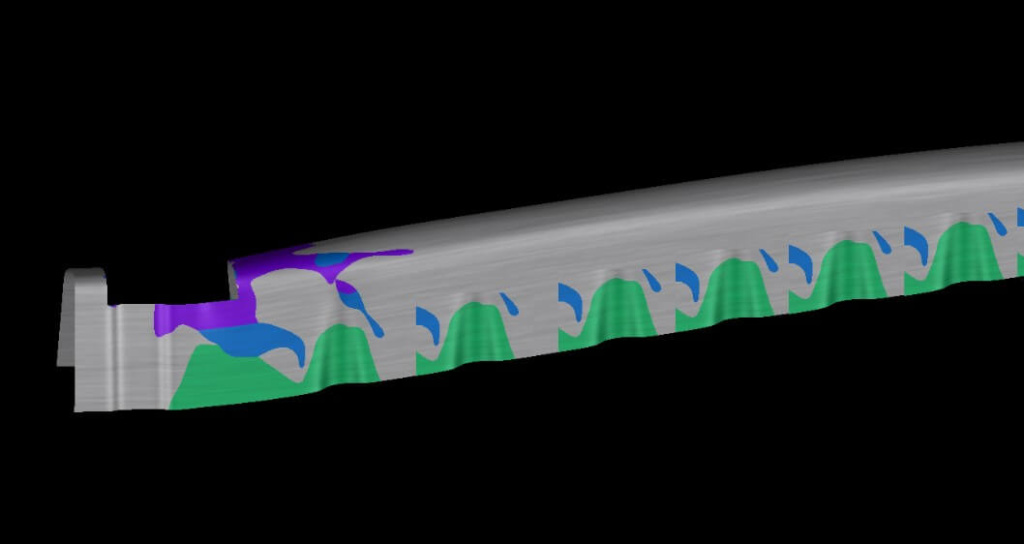Planning and Bidding: Reduce Material Cost Through Simulation
Contents
Lowering material cost is a great way to improve profitability, especially if the new materials maintain or improve product quality. This article discusses how simulation can help reduce material costs, allowing companies to place accurate bids and work on projects that are suitable and profitable for their projects.
There are two main ways material costs can be reduced for sheet metal products through simulation:
- Reduce scrap by increasing material yield, through blank shape optimization.
- Investigate material grades and product shape to increase strength and reduce weight.
The most common desire is to reduce the blank size for a given sheet metal product. This often means designing a process that can successfully form a product to the required shape, from the minimum amount of material, which usually leads to a 100% developed blank. However, to make this desire a reality, careful design consideration must be given to the product shape to make this possible. A poorly designed product may never succeed using a developed blank OR a blank that uses the minimum amount of material may lead to a sheet metal part full of wrinkles or splits. Thus, simulation is used to investigate and develop a solution that can both minimize the amount of material required AND successfully form the product without quality issues.
Improve Blank Shape Estimation

Another method to reduce material usage is to nest one or more parts together in a strip layout OR blanking process. This may be the same product stamped multiple times in the same tool, but more common is to stamp LH and RH parts together, in order to realize material savings via scrap reduction. Adjusting the orientation of the blanks can also yield better results.

Improve material yield via blank rotation in a two out tooling plan
Naturally, there is always a need to compromise between the ideal material savings and the ability to make a part efficiently. For example, a progression type process will need to consume some material to carry and hold the part through the tool. The increase in production speed far outweighs the cost of a small amount of additional material wasted.

Simulation allows stretch carriers to be designed efficiently for least material wastage
Reduce Material Cost Through Improved Product Design
Less thought-of by most designers is the idea to reduce material usage by adding geometric stiffness to the product shape. A well-designed sheet metal part, particularly in the automotive industry, should contain many ribs and stiffeners, “bird beaks” and “darts.” A folded or flanged edge can be strengthened by the addition of “darts” and if enough stiffening features are added all over the product, then a material thickness reduction can be realized.

Additional wall stiffness can yield material thickness reduction
More common is for a designer to specify higher strength material, and reduce the material thickness, thereby saving cost and weight while maintaining strength. Different material grades can easily be simulated to determine how to form a sheet metal product from advanced high strength steel. However, the product design may need to evolve to allow successful forming in high strength material as forming methods that work easily in low strength steel, are not always successful in higher strength material. Simulation must be used to investigate the outcomes of such material choices, and the best results are always achieved when simulation is used to simultaneously optimize material grade and product design.
